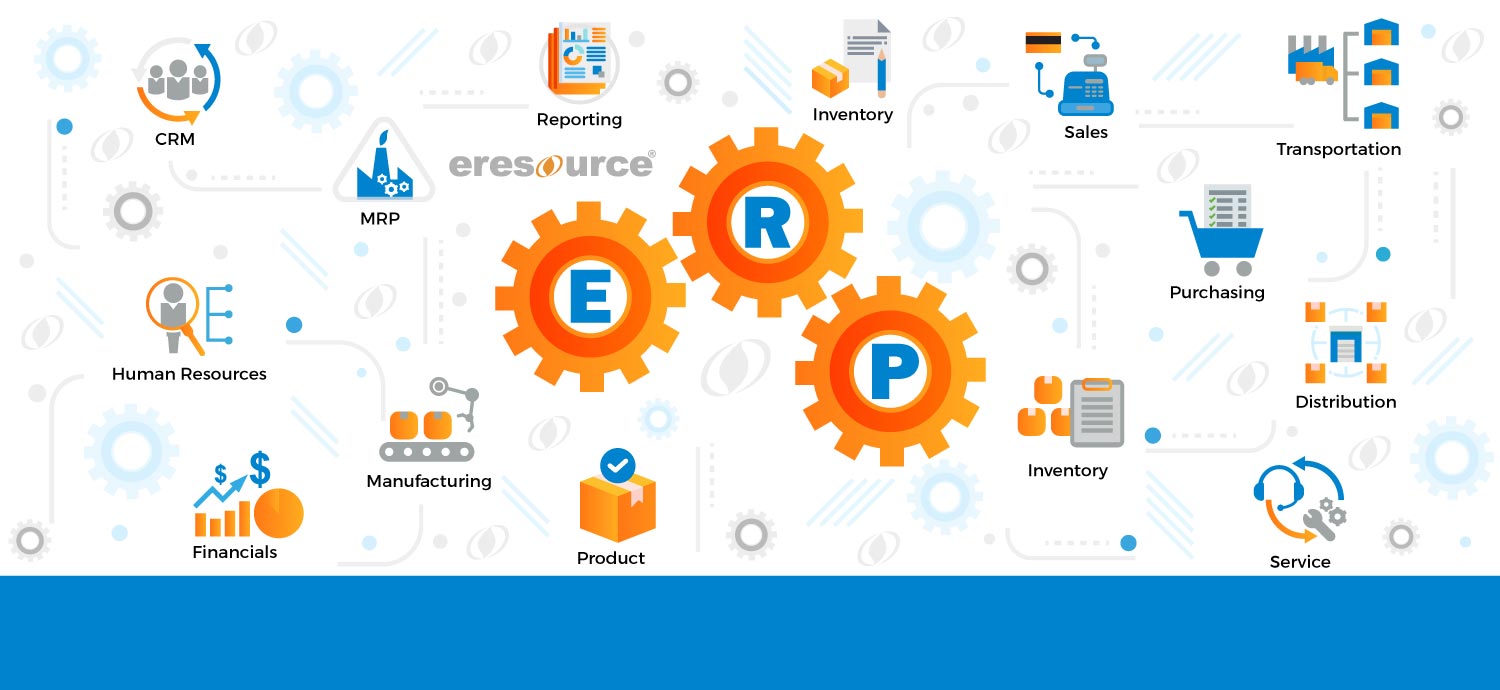The use of eresource ERP has transformed numerous Indian businesses into tech-driven businesses. The fact that each of these businesses had an MRP system in place prior to implementing the eresource ERP solution is crucial. However, these businesses discovered that the islands of data that their MRP system created prevented information from flowing. Given the size and complexity of these organisations’ operations, it was insufficient.
Future growth trajectory was also taken into account when these companies underwent re-engineering plans. Many of these businesses were evolving from functional organisations into strategic business units. The decision to deploy eresource ERP was a direct result of the BPR strategy in several of these organisations. However, it should not be overlooked that a substantial BPR is required to fully utilise an ERP package’s features. After their reorganisation exercise, these organisations concentrated on implementing eresource ERP.
Also Read – Benefits of ERP in Production Planning
ERP is a system that performs several tasks
Identifying gaps between core needs and the features and functionality of the existing application should be well documented with alternatives, including estimates of all resources and schedule impacts. It is also crucial to conduct a thorough analysis of the capacity of the applications to meet the needs of core business processes.
When it comes to handling many functions, an ERP system is essentially a complex application. Many of the ERP software systems on the market tended to specialise in particular tasks. Even though some of them performed several tasks, they weren’t always able to accommodate needs from various categories. But with eresource ERP, such was not the case. It may combine various functions from various departments as well as various functions from various industries.
There was a time when an ERP solution was a company’s internal solution only, and many employees were unaware of the technology that was right in front of them or had little knowledge of how it worked. Everyone in this organisation started realising the features and advantages of an ERP solution with the introduction of Web-based eresource ERP.
Also Read – Benefits of Cloud ERP for Food industry
Web-friendly business application
Although it was known that ERP systems were web-friendly applications, this benefit had not yet been properly utilised until Eresource entered the market. However, other ERP packages have their own concerns about leveraging the internet extensively. As a result of their improvement, eresource ERP is now entirely a web-friendly programme.
Another common misunderstanding is that an ERP system is only appropriate for very large organisations. That, however, is untrue. We can confidently state that small and medium-sized enterprises benefit greatly from ERP systems and are the primary driver of ERP growth in India. The drive for customization was spurred by the earlier ERP systems from SAP, Oracle, and PeopleSoft’s lack of flexibility. Customers appear to prefer extensions to their current ERP for applications like planning and optimisation, business analytics, and knowledge management as they shift from a best-of-breed to a best-for-business strategy. Eresource ERP is a successful web-based ERP program that works for both large organisations and SMEs as a result of this.
Also Read – Cloud ERP Software for Trading
Categories
Register for Free Demo!
Recent Post
-

eresource ERP 360 - an
11th Apr 2019 -

A competitive ERP system for
17th Apr 2019 -

Auto components manufacturing industry has
17th Apr 2019 -

Make the best use of
17th Apr 2019







